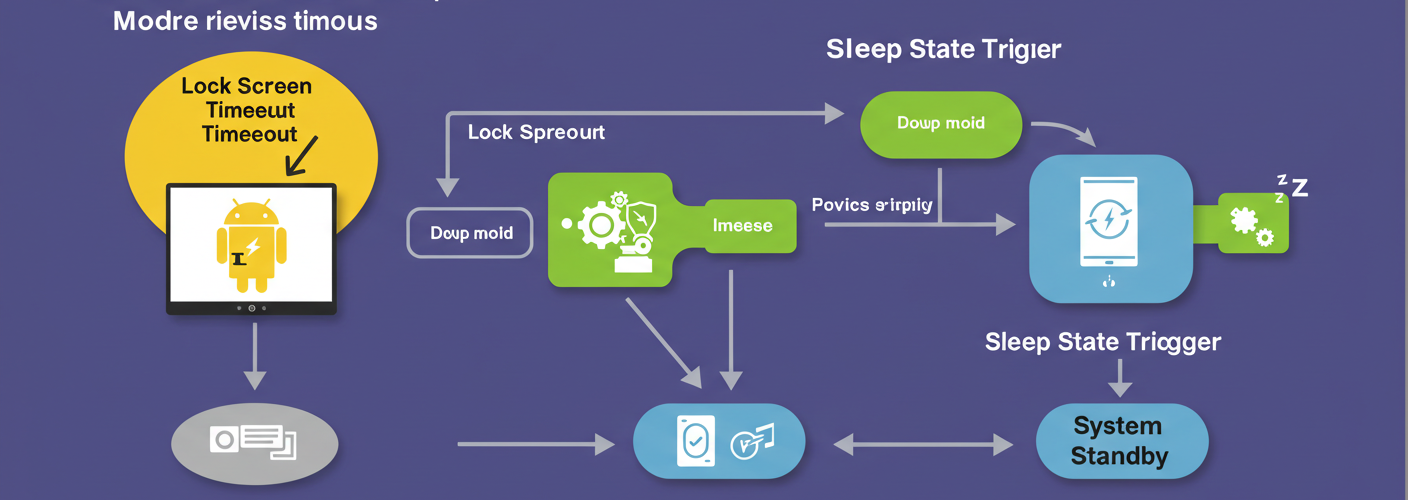In today’s fast-paced digital landscape, user experience is paramount, and the design of operating systems must adapt to meet user needs. One aspect of this concern is the behavior of the lock screen in systems that utilize Modern Standby. Modern Standby was introduced to mimic the seamless sleep functionality seen in smartphones, allowing devices to remain connected and easily accessible while conserving battery life. However, there seems to be a disconnect with the current implementation of its lock screen timeout features.
When a device is locked, the display turns off after 60 seconds, regardless of overarching power settings. At first glance, this may seem like a reasonable measure. However, for users accustomed to smartphones that instantly return to a low-power state after a brief period of inactivity, this behavior can feel out of sync. Modern Standby was designed with a philosophy that values instant access and efficient power management, so why does the system not revert to sleep when left idle at the lock screen?
Imagine a scenario where a user steps away from their device, locking it for security purposes. Instead of seamlessly transitioning back to sleep mode after a short duration, the system merely turns off the display. Users occasionally return to find their device still awake, consuming power unnecessarily. A proposed solution would be to set the device to sleep after a defined interval, perhaps 20 seconds, when on the lock screen. This change would emulate the quick response time users expect from mobile devices and align with Modern Standby’s intended functionality.
Implementing a shorter lock screen timeout that triggers sleep would not only enhance battery efficiency but also mitigate another common issue – unexpected awakenings caused by Modern Standby. As it stands, the system is prone to waking for various reasons, such as background tasks or scheduled updates. If the device automatically transitioned into sleep mode after a brief period of inactivity, these unintended wake-ups would become less disruptive. Users would experience a consistent environment where they could be assured that their device is minimizing power consumption during idle times.
Moreover, while the “Unattended sleep timeout” setting offers some control over sleep behavior, it falls short of addressing the nuanced needs of most users. Currently, this setting cannot be configured to less than one minute. Users looking for more flexibility in their settings find this limitation frustrating. A more customizable approach would enable individuals to dictate how their devices behave based on personal preferences, creating a more tailored user experience.
In conclusion, for Modern Standby to fully realize its potential for enhanced battery life and user satisfaction, it is essential to adapt the lock screen timeout behavior to trigger sleep after a short period of inactivity. Not only would this improve efficiency, but it would also align more closely with the expectations set by mobile operating systems. Users deserve a system that responds intuitively to their actions, ensuring that their workflows remain uninterrupted and their devices stay ready for immediate use. Embracing such changes could vastly improve the overall user experience and solidify Modern Standby as the go-to feature for modern computing.





Add comment